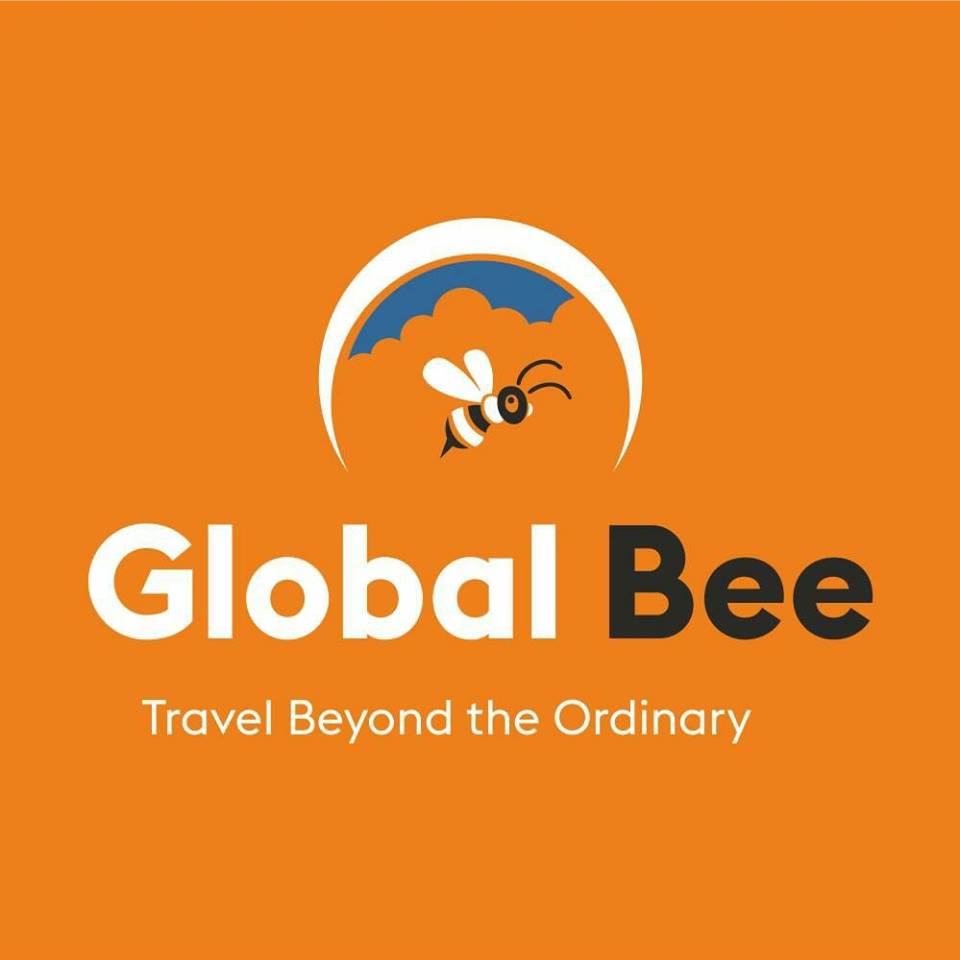General Information about Morocco
Morocco has a coast by the Atlantic Ocean that reaches past the Strait of Gibraltar into the Mediterranean Sea. It is bordered by Spain to the north (a water border through the Strait and land borders with three small Spanish-controlled exclaves, Ceuta, Melilla, and Peñón de Vélez de la Gomera), Algeria to the east, and Western Sahara to the south. Since Morocco controls most of Western Sahara, its de facto southern boundary is with Mauritania.
The internationally recognised borders of the country lie between latitudes 27° and 36°N, and longitudes 1° and 14°W. Adding Western Sahara, Morocco lies mostly between 21° and 36°N, and 1° and 17°W (the Ras Nouadhibou peninsula is slightly south of 21° and west of 17°).
The geography of Morocco spans from the Atlantic Ocean, to mountainous areas, to the Sahara desert. Morocco is a Northern African country, bordering the North Atlantic Ocean and the Mediterranean Sea, between Algeria and the annexed Western Sahara. It is one of only three nations (along with Spain and France) to have both Atlantic and Mediterranean coastlines.
A large part of Morocco is mountainous. The Atlas Mountains are located mainly in the centre and the south of the country. The Rif Mountains are located in the north of the country. Both ranges are mainly inhabited by the Berber people. At 446,550 km2 (172,414 sq mi), Morocco is the fifty-seventh largest country in the world. Algeria borders Morocco to the east and southeast, though the border between the two countries has been closed since 1994.
Spanish territory in North Africa neighbouring Morocco comprises five enclaves on the Mediterranean coast: Ceuta, Melilla, Peñón de Vélez de la Gomera, Peñón de Alhucemas, the Chafarinas islands, and the disputed islet Perejil. Off the Atlantic coast the Canary Islands belong to Spain, whereas Madeira to the north is Portuguese. To the north, Morocco is bordered by the Strait of Gibraltar, where international shipping has unimpeded transit passage between the Atlantic and Mediterranean.
TOURISM
Tourism is one of the most important sectors in Moroccan economy. It is well developed with a strong tourist industry focused on the country’s coast, culture, and history. Morocco attracted more than 10 million tourists in 2013. Tourism is the second largest foreign exchange earner in Morocco after the phosphate industry. The Moroccan government is heavily investing in tourism development, in 2010 the government launched its Vision 2020 which plans to make Morocco one of the top 20 tourist destinations in the world and to double the annual number of international arrivals to 20 million by 2020, with the hope that tourism will then have risen to 20% of GDP.
A large government sponsored marketing campaigns to attract tourists advertised Morocco as a cheap and exotic, yet safe, place for tourists, most of the visitors to Morocco continue to be European, with French nationals making up almost 20% of all visitors. Most Europeans visit in April and the autumn, apart from the Spanish, who mostly visit in June and August In 2013. Morocco’s relatively high number of tourists has been aided by its location, Morocco is close to Europe and attracts visitors to its beaches. Because of its proximity to Spain, tourists in southern Spain’s coastal areas take one- to three-day trips to Morocco.
Air services between Morocco and Algeria have been established, many Algerians have gone to Morocco to shop and visit family and friends. Morocco is relatively inexpensive because of the devaluation of the dirham and the increase of hotel prices in Spain. Morocco has an excellent road and rail infrastructure that links the major cities and tourist destinations with ports and cities with international airports. Low-cost airlines offer cheap flights to the country.

 +91-9815423555
+91-9815423555 info@globalbeeholidays.com
info@globalbeeholidays.com
